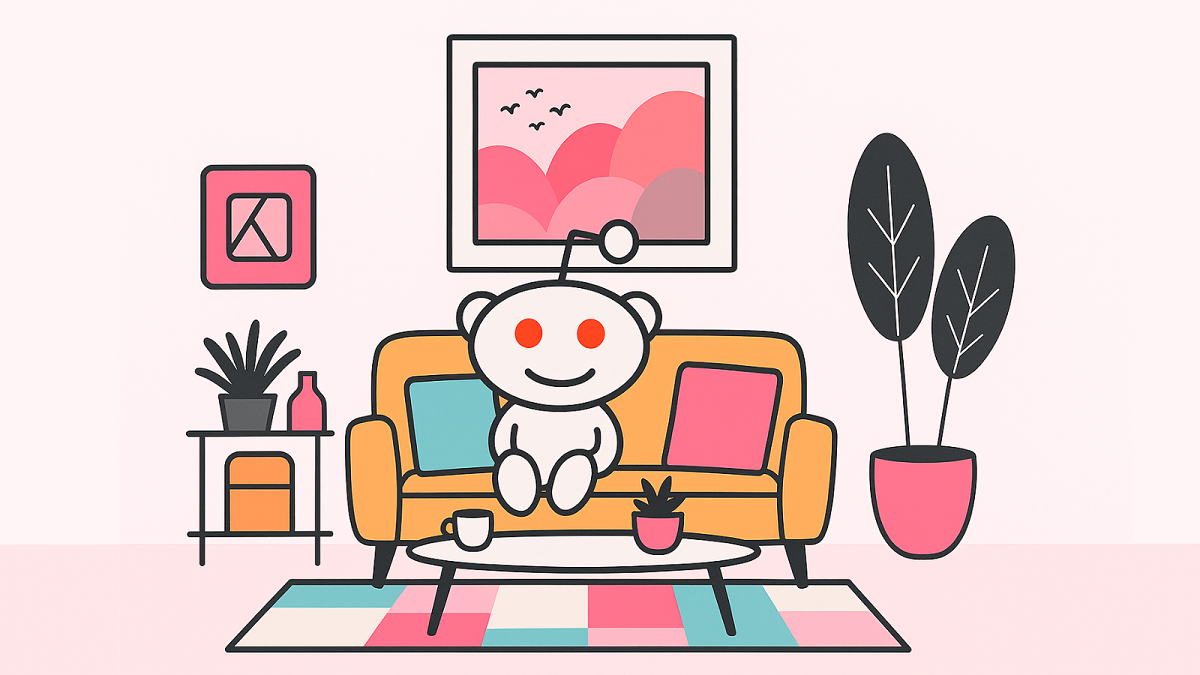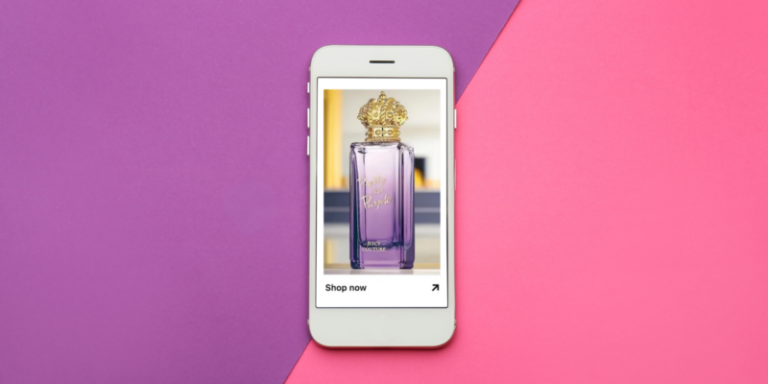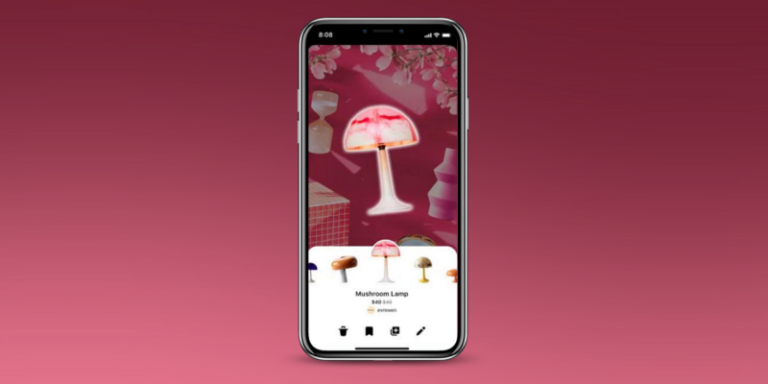We were curious, too, which is why we sat in during the What’s Next in Tech panel. Hosted in the Odegard Carpets suite, the discussion was one of dozens offered throughout the day during the New York Design Center’s 9th annual What’s New What’s Next event.
The session was sponsored by Dering Hall. DH’s Executive Editor, Dennis Sarlo, moderated a panel of design luminaries, including: Katie Curtis, Kati Curtis Design, Paloma Contreras, Patrick Dragonette, Dragonette Ltd, and Joe Human of designs by human — all of whom laughed and groaned the entire way through their panel.
Here’s the hot list of what they shared (we heard):
- Instagram is the preferred platform for interior designers, especially now that there are so many enhanced features that support enhanced storytelling, especially behind-the-scenes of their design choices and installation. Designers also use Instagram to connect with each other and as a way to get to know colleagues.
It’s always a thrill to meet in person at events like these after ‘getting to know’ each other on Instagram. — Paloma Contreras, Founder of La Dolce Vita Blog
- Pinterest is growing in popularity — quickly. Designers are loving the ability to browse and see what other designers are doing with materials. They’re also using the app to research how people are sharing and saving their own work. Plus to see how design-minded users are loving and sharing with each other. Contreras and Curtis use the app to “give clients homework”. They ask clients to make boards on Pinterest to help better identify their likes and dislikes and help guide design choices.
- None of the designers felt like they spend enough time or attention on their social platforms. All expressed trepidation about adding more social media work to their plate.
Designers prefer to get better at using what’s already working for them than adopt new social channels.
- Designers use social media to spot trends and see how products and buyer tastes are developing. However, panel members cautioned against “jumping on trends” and posting content about trends, “just because you think people are looking for that”.
If I told you I didn’t care about trends…didn’t know them, I’d by lying. But we need to be authentic, always, and stick to posting about things we truly care about.– Kati Curtis
- The panel’s favorite tech tools to stay on top of project management and improve team communication are: Asana, dapulse, Slack, Google Docs.
- Everyone on the panel groaned and agreed the number one pain point for them regarding tech is finding a system that makes keeping track of hours, easy. Everyone agreed it’s one of the most time consuming tasks, no one had a tool that worked brilliantly, and they (themselves) all do it badly!
- Blogging is critical, and almost no one feels they commit enough time to do it as well as they’d like, or post as regularly as they’d like.
- Websites are less and less important vis-a-vis building audience for products and services, but they’re still a “nice” place to direct people to once you’ve connected with them online.
As the media strategist for design product brands like Polycor natural stone and Vetrazzo recycled glass, we experience some of the same pains and observations these designer do (hello time tracking…), and we’ve got a few takeaways from our experience with design industry clients:
Company websites will continue to be critical for doing business, but it’s conversation and relationship that grow a business. Making connections with clients, suppliers, brands and professionals on social media is where companies will see the most business growth in the next few years.
Social media requires a strategic approach that incorporates relationship building, lead generation and press relations. The designers and brands that see the most revenue growth are those invest in professional social media marketing (and save their energy for creative design).
Not all social channels are necessary for a company to have an effective social media presence. That designers tend to stick to those that are working makes sense. So long as they have analytics to prove it. When we analyze a company’s website referral traffic to see which channel gives the most powerful referrals, we uncover new opportunities to grow leads and customers.






